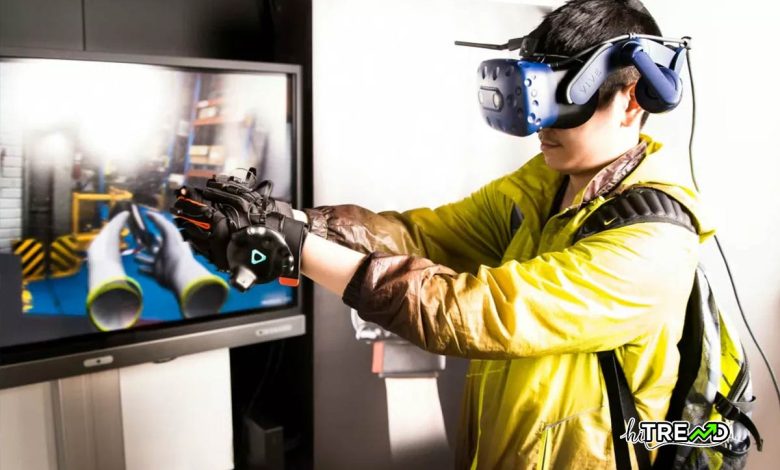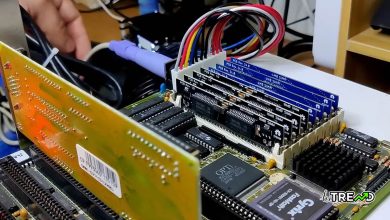New haptic feedback standard vows to bring a sense of touch to the internet

Feel the Bit: A recently released standard aims to solve the technology issues related to haptic feedback sent through the internet, bringing a whole new sense to network-powered applications. As with streaming, compression will be instrumental in achieving this ambitious goal.New haptic feedback standard vows to bring a sense of touch to the internet
An international consortium led by the Technical University of Munich (TUM) spent 10 years developing a new standard for haptic feedback transmitted via the internet. The standard has now been published on the IEEE’s website, detailing “haptic codecs for the data reduction of kinesthetic and tactile signals” with three new types of codecs.
You can read more Technology articles
TUM explained that the technology essentially adapts multimedia compression techniques to haptic feedback. With video and audio files, actual data packets are created after discarding information irrelevant to human vision and hearing. This greatly reduces the amount of data required to stream content from remote servers.
Compared to multimedia content, non-compressed haptic feedback requires significantly more data packets to effectively convey a sense of touch through compatible devices. According to TUM experts, the common practice has been to send packets in both directions up to 4,000 times per second, placing a significant demand on network infrastructure.
Thanks to the new standard, known as HCTI, researchers were able to optimize the “control loop” between sender and receiver and the compression of data. HCTI can reduce the traditional clock rate of remote haptic feedback from 4,000 times per second to around 100 times per second, which is close to the human perception threshold.
Even if data packets are sent over long distances, HCTI should be sufficient to avoid any noticeable lag between action and the corresponding tactile feedback. There is also a stabilizing effect at work, which means that forces exerted by a distant device, such as a robot, will be slightly dampened at the other end of the line. As a result, hard surfaces would feel softer.
The researchers expect their HCTI technology to have a significant impact on future internet applications. The haptic compression technology would greatly improve telesurgery, as robots could be remotely operated in a more effective and stable manner.

Companies could exploit HCTI’s capabilities for “teledriving” applications related to autonomous vehicles, and paramedics could provide advanced first aid by taking ultrasound scans while the patient is on the way to the hospital. Gaming and movie companies could also bring a whole new level of entertainment to customers. Although, we might not enjoy getting mauled to death by a demon in Doom and actually “feeling” the haptic feedback of the whole ordeal.New haptic feedback standard vows to bring a sense of touch to the internet
Follow HiTrend on X





